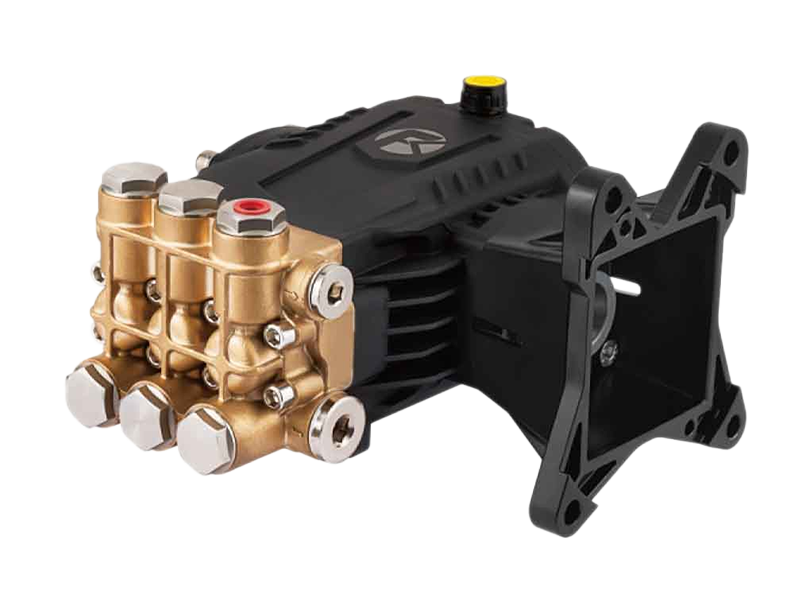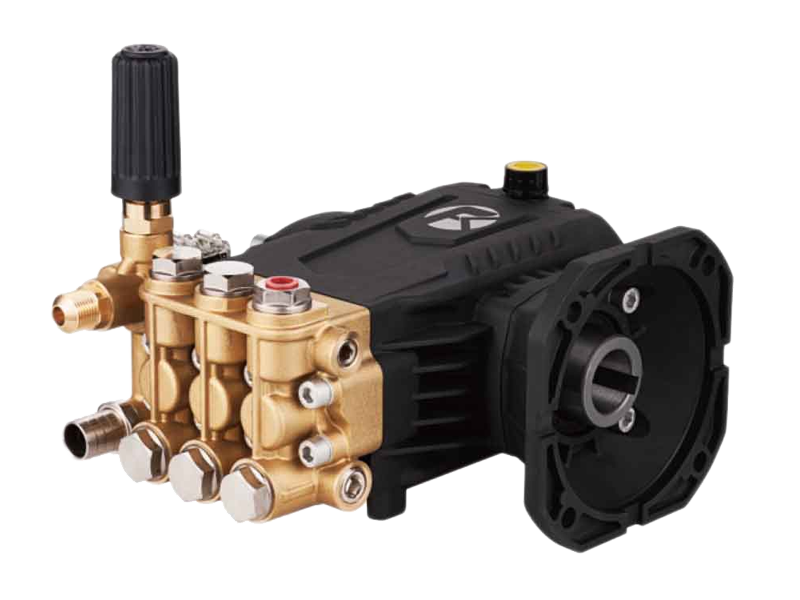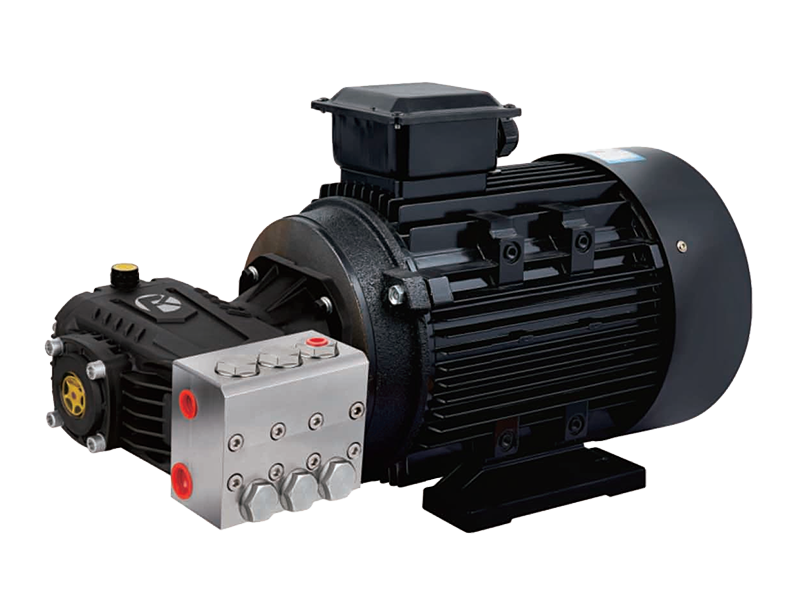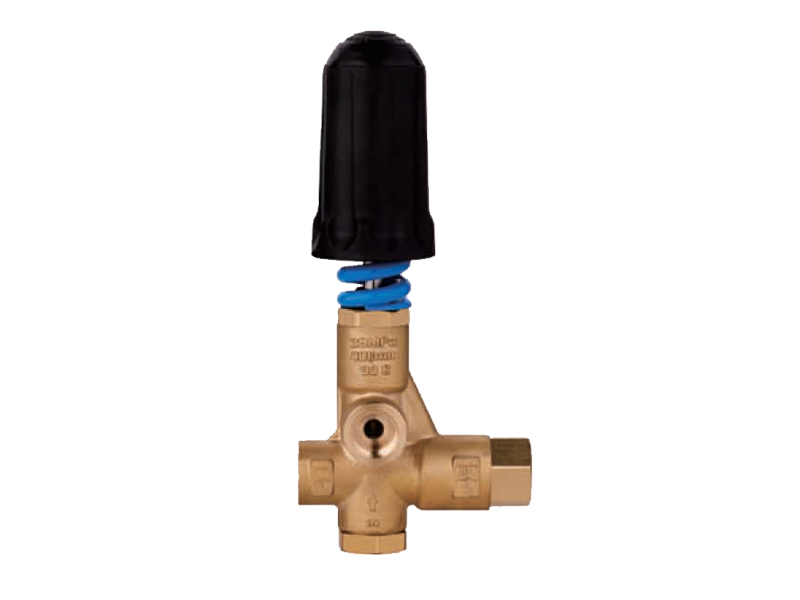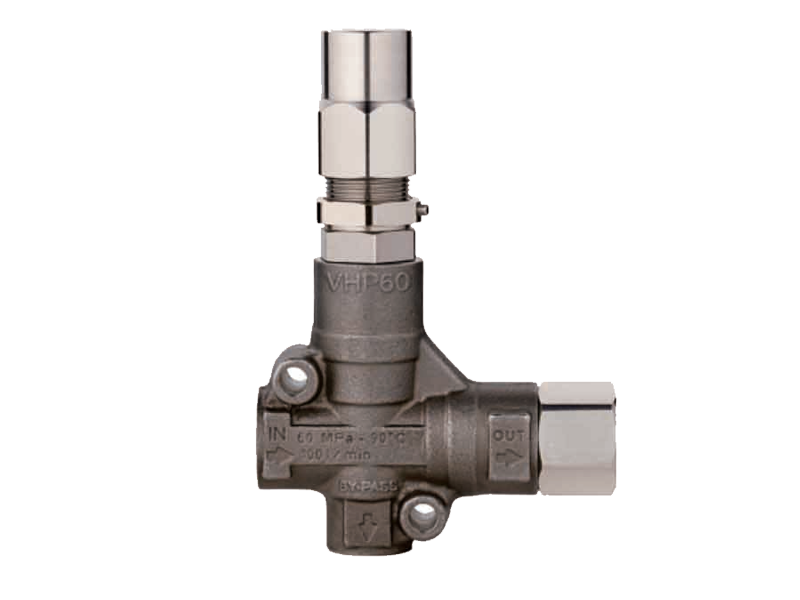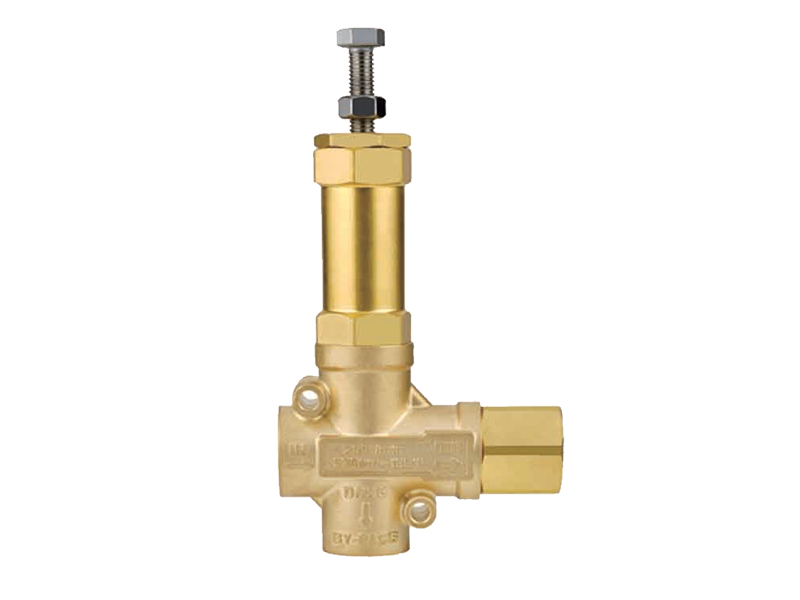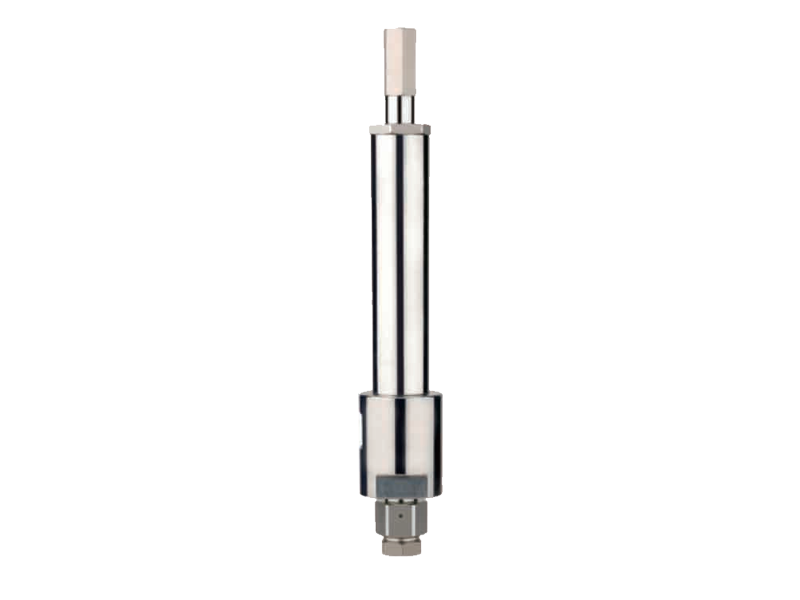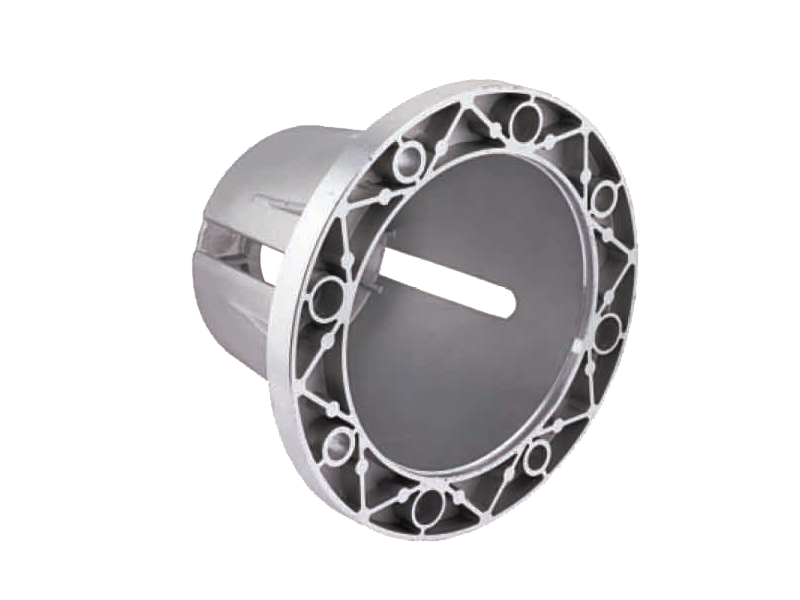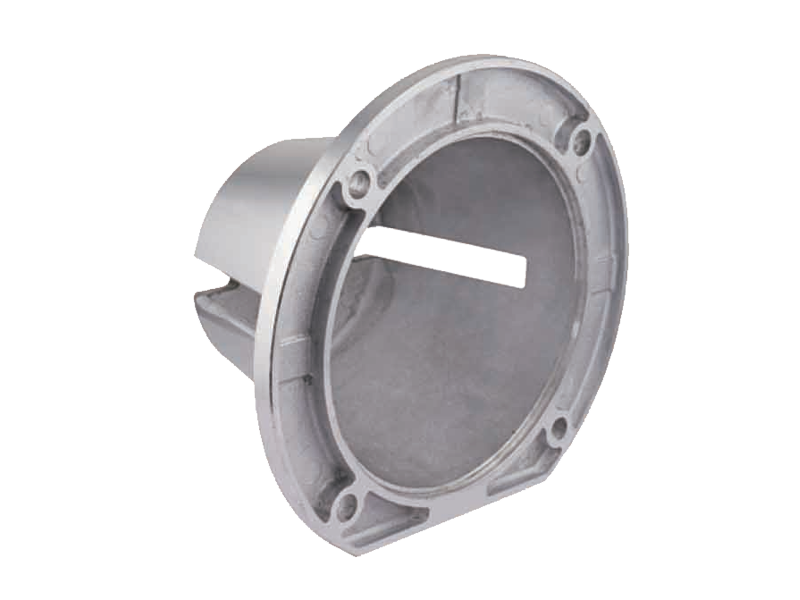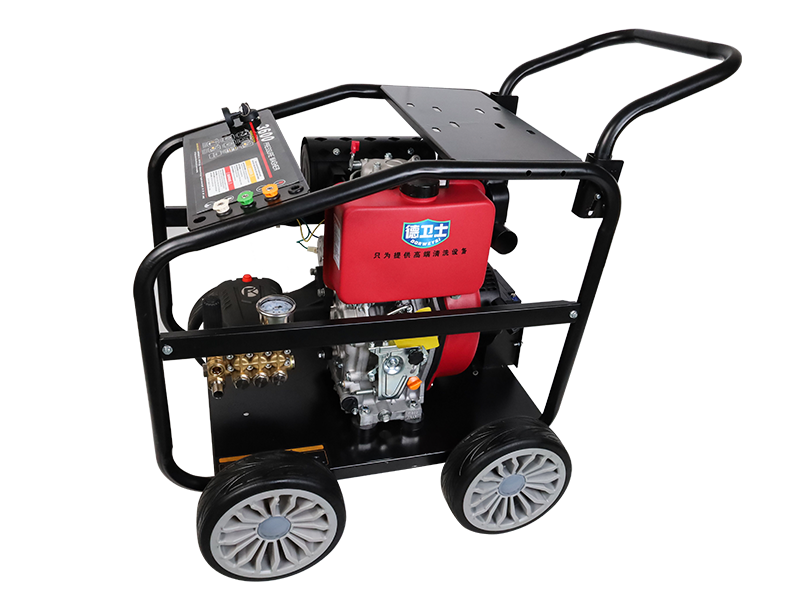What Are the Common Failures in Piston Plunger Pumps and How to Fix Them?
Piston plunger pumps are widely used in industrial and commercial applications due to their durability and high-efficiency performance. These pumps, which use pistons to displace fluid, are common in high-pressure systems, such as in hydraulic, pneumatic, and water pumping applications. However, like any mechanical system, piston plunger pumps can experience failures over time.
In this article, we will explore the common failures associated with piston plunger pumps, including pneumatic piston pumps and hydraulic piston pumps, and provide solutions to fix these problems effectively.
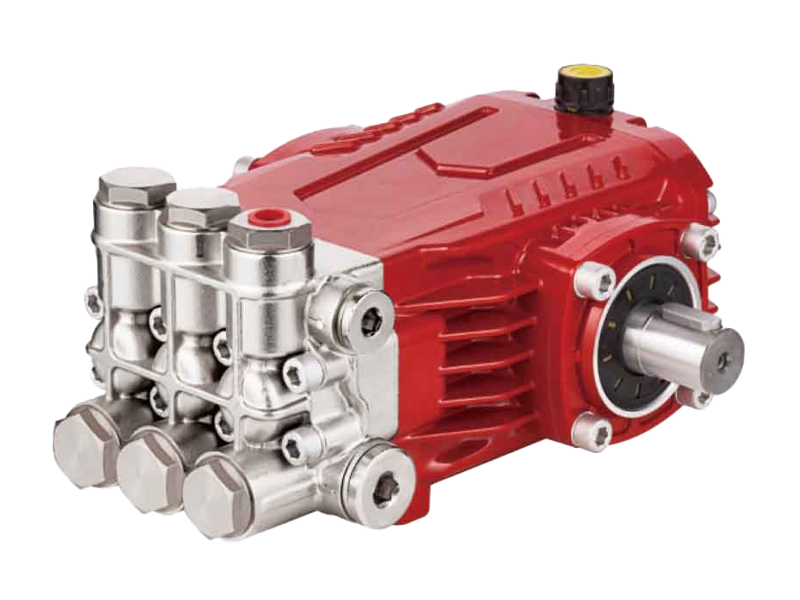
1. Worn or Damaged Seals
Failure Description:
One of common problems in piston plunger pumps is the wear and tear of seals. The seals in the pump are responsible for preventing fluid leakage and maintaining pressure. Over time, exposure to high pressure, temperature fluctuations, and abrasive fluids can cause these seals to deteriorate, cause leaks or a drop in performance. This issue is especially prevalent in hydraulic piston pumps, where high-pressure hydraulic fluids can quickly damage seals if they are not properly maintained.
How to Fix It:
To fix this problem, you need to replace the worn or damaged seals. Before replacing the seals, make sure to inspect the pump thoroughly to ensure there is no other underlying damage. It's also important to clean the pump to remove any debris that may have caused the seals to wear prematurely. Regular maintenance and the use of high-quality seals can prevent this issue from recurring in the future.
2. Cavitation
Failure Description:
Cavitation occurs when the pressure within the pump drops below the vapor pressure of the fluid, causing vapor bubbles to form and then collapse. This can cause severe damage to the pump's internal components, including the pistons and plungers. Pneumatic piston pumps and hydraulic piston pumps are particularly susceptible to cavitation when there is insufficient fluid supply or if the pump is operating outside its designed pressure range.
How to Fix It:
To avoid cavitation, ensure that the pump is operating within its specified pressure and flow rate ranges. If cavitation occurs, inspect the fluid supply system to check for any blockages or restrictions. It may also be necessary to adjust the pump's settings to ensure that the inlet pressure is sufficient to avoid cavitation. If cavitation damage has already occurred, replacing the damaged components is required.
3. Low Flow or No Flow
Failure Description:
A significant issue in piston plunger pumps is low or no flow. This can occur for several reasons, including clogged intake filters, air trapped in the pump, or damaged pistons. For pneumatic piston pumps, this could be caused by low air pressure or restrictions in the air supply, while hydraulic piston pumps might experience this due to low fluid levels or blocked lines.
How to Fix It:
To fix low or no flow, start by checking the intake filters for blockages and clean or replace them as necessary. If the pump is air-driven, ensure that the air supply is adequate and free of contaminants. For hydraulic piston pumps, inspect the fluid levels and ensure there are no obstructions in the fluid lines. Additionally, check the pistons for any signs of damage or wear that could be preventing proper fluid displacement.
4. Overheating
Failure Description:
Overheating is a common issue in piston plunger pumps, especially when they are operated continuously or under high loads. Hydraulic piston pumps are particularly prone to overheating when the fluid temperature rises too high. Overheating can cause oil breakdown, resulting in reduced lubrication and increased friction, which can further damage the pump's components.
How to Fix It:
To resolve overheating issues, check the cooling system to ensure it is functioning correctly. For hydraulic piston pumps, ensure that the hydraulic fluid is at the correct temperature and that it is not contaminated. It might also be helpful to install a cooling system or heat exchanger to regulate the temperature. Always ensure that the pump is operating within the manufacturer's recommended temperature range to prevent overheating.
5. Damaged Pistons or Plungers
Failure Description:
The pistons and plungers in piston plunger pumps can become damaged over time due to excessive wear, contamination in the fluid, or improper operation. For pneumatic piston pumps, damage to the piston could result in air leakage and decreased efficiency. Similarly, for hydraulic piston pumps, damaged plungers can cause poor fluid displacement and reduced pressure.
How to Fix It:
If the pistons or plungers are damaged, they need to be replaced. Regularly inspecting the internal components of the pump can help identify early signs of damage before it becomes severe. Using clean, properly filtered fluids and avoiding operating the pump beyond its designed capacity can help prolong the life of the pistons and plungers.
Regular maintenance, proper operation, and timely repairs can help prevent these issues and ensure the longevity and efficiency of the pump.


 English
English Español
Español русский
русский